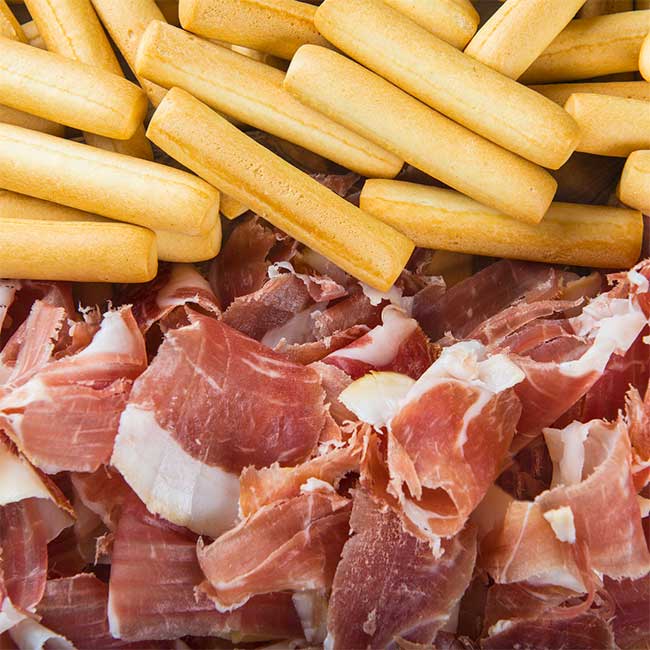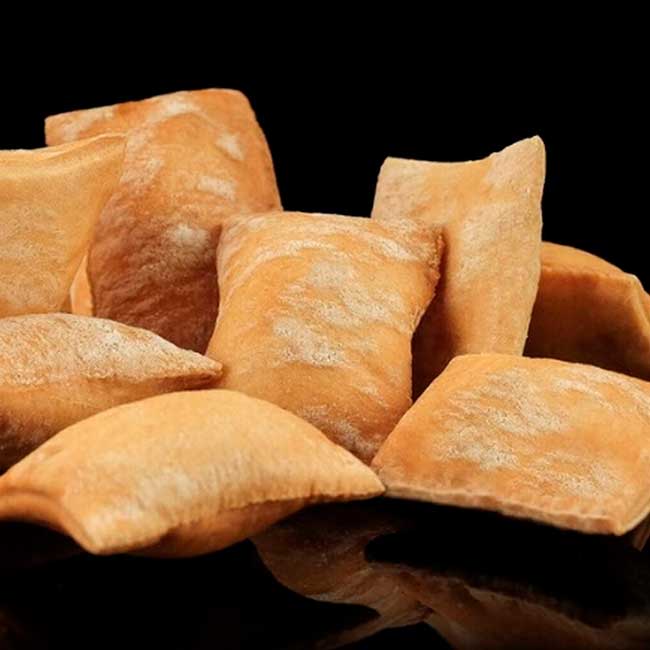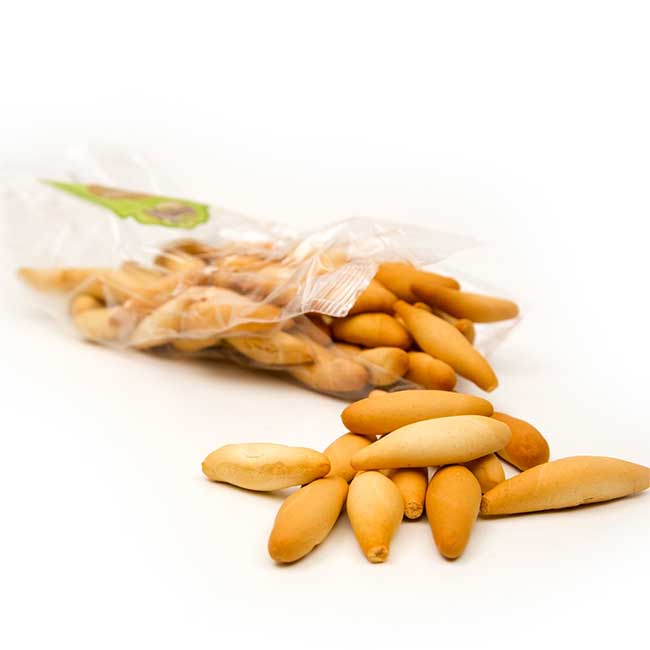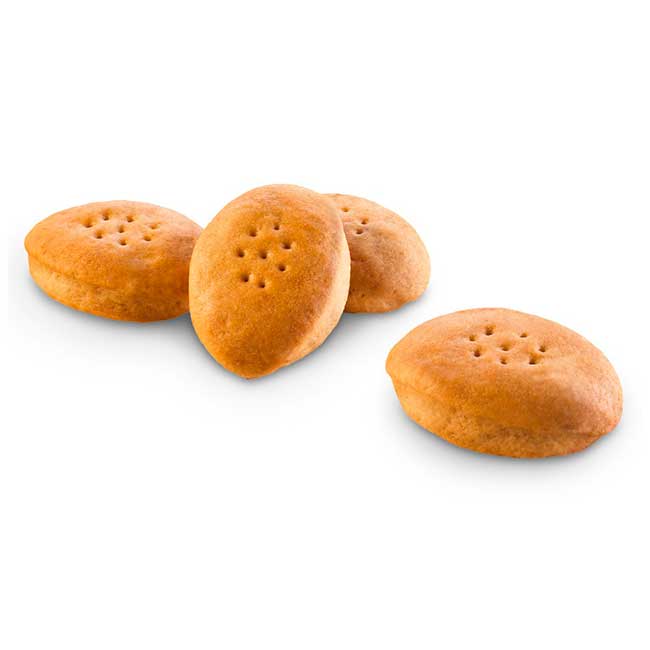.png.transform/rendition-xs/image_image%20(1).png)
Spain’s Bread Snacks Industry: Tradition and Innovation
Bread plays a major role in Spanish people’s diets. You’re likely to find it at every meal, regardless of what’s being served. But there’s also a whole other bread culture in Spain, an unmistakable part of the country’s food culture: the breadstick industry.

It’s a colorful sector with lots of players. You have the picos de pan and colines, which are essentially breadsticks; you have round and crunchy galletas de Inca, a type of savory cookie typical of Mallorca; there’s the regañás, which are similar to crackers or crisp flatbreads; and you have the olive oil tortas, a round cake/cookie made world famous by the brand Inés Rosales.
These savory treats are everywhere in Spain. But how do the locals eat them? How are they served? And what makes them special? To better understand this delicious snack’s position in Spain, we need to go back in time.
The backstory
Breadsticks and crisp flatbreads, which are particularly popular in Andalusia, have actually been around for hundreds of years. However, you could say they peaked in popularity on vessels leaving from Huelva, Cádiz and Seville for long journeys to the Americas because of their low water content, which allowed for them to keep well for lengthy periods of time. The crews onboard would eat picos de pan and regañás as a substitute for traditional bread.
Broadly speaking, these products are still made using the same methods and ingredients as years ago. And they are a generally healthy, low-calorie artisan product.
How to eat them

These snacks are most commonly served with tapas, and they taste extra delicious when sharing a plate with chorizo, salchichón and all kinds of charcuterie and cheeses, patés, sobrasada (a raw, cured sausage typical in the Balearic Islands), seafood, and salted, smoked, and dried meats, among other products.
They can often be found accentuating the flavor of Serrano ham or Ibérico ham and they’re the perfect vehicle for eating Russian salad.
Spanish breadsticks go abroad

One indisputable industry leader is Artesanos de la Luisiana, based in Seville and in business since 1968. The company makes a range of breadsticks, but is specifically focused on its traditional, artisan products made with ingredients of the absolute highest quality, including 100% extra virgin olive oil.
According to Maribel Naranjo, export manager of Artesanos de Luisana, the company aims “to be a leader in the industry with its high-quality products, professionalism and tradition.”. This Andalusian company is also focused on spreading the mini breadstick love by exporting its products to other markets. Its Domínguez brand breadsticks are available in the US, Belgium, Japan, the Netherlands, Germany, and the UK, among other countries.
A sector leader: Quely

While some producers remain loyal to their original recipes, others have opted to experiment and innovate. Quely, a family-run business in Majorca that has been making its crispy bread products since 1853, has maintained a strict commitment over the years to use only top-flight ingredients and to employ a meticulous production process.
Best known for its Inca crackers, breadsticks and quelitas crackers made with olive oil, the company has actually gone a step further and offers its products packaged together with sobrasada or fuet (a thin, dried, cured Catalan sausage).
It sells several unique breadstick creations, made with cheese, chia seeds, black olives, sunflower seeds, and sesame seeds, and it also has light and organic options. For consumers with a sweet tooth, they sell their quelitas with various chocolates.
These products were created thanks to Quely’s firm focus on innovation. According to Ester Pérez Martín, who heads its marketing division, “This is one of our primary objectives. Our R&D and innovation department is constantly looking for ways to improve our products and systems so as to always offer the very best quality. Moreover, the department is constantly researching market trends and consumer preferences with a view to offering products to meet those demands.”
Tradition vs. innovation
It’s clear that, in the bread snacks sector, both tradition and innovation are valid paths forward. Breadsticks, crackers, tortas, rusks, flatbreads—they’re an institution and they’re not going anywhere. There’s no “right way” to do them, whether they’re flavored with fine herbs and topped with organic sesame seeds or they’re flavored solely with 100% extra virgin olive oil from a local mill.
Could it be their crunchy goodness that creates addiction? Is it their simple, natural flavor that so perfectly highlights a slice of delicious Ibérico ham on the tongue? Whatever it is, there will always be a place for them on the dinner table or bar countertop.
Text: Samara Kamenecka/@ICEX.

